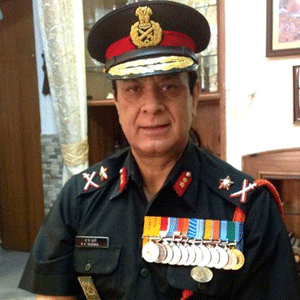
Operation Sindoor was India’s swift and decisive military response to the brutal Pahalgam terror attack of April 2025. Launched on May 7, the operation marked a turning point in India’s counter-terrorism doctrine, combining speed, precision, and multi-domain warfare capabilities. It involved coordinated strikes on terrorist hideouts and strategic military assets deep inside Pakistan, signalling a shift from reactive retaliation to proactive deterrence. For the first time, India openly blurred the line between state and non-state actors, rejecting nuclear blackmail and setting a new threshold for cross-border military responses. Operation Sindoor redefined the architecture of Indian national security and established a bold new strategic normal. Excerpts from an interview with Gen B K Sharma, DG, United Service Institution of India (USI)
What does Operation Sindoor signify about India’s newfound counter-terrorism doctrine, especially in the context of direct involvement and behind-the-scenes management or manipulation of cross-border terrorism?

Operation Sindoor was more than just another episode of Indo-Pak hostilities and underlined a decisive transformation in India’s counter-terrorism doctrine, both in intent and execution. For the first time since the bombing raid on Jaish-e-Mohammed terrorist training camps in Balakot, Pakistan, by the IAF in 2019, India has redrawn the red lines separating state and non-state actors in the case of cross-border terrorism and operationalised its “Quid Pro Quo Plus” doctrine. Operation Sindoor – a swift and synchronised operation symbolised a new strategic normal as well as a decisive shift in India’s counter-terrorism doctrine—from restraint to calibrated assertion. This marks the beginning of a more assertive, doctrine-led security posture – away from passive deterrence to active coercion. By directly targeting not only terrorist camps but also military assets within Pakistan, India has effectively blurred the line between state and non-state actors and made it clear that state complicity will no longer be tolerated.
Operation Sindoor marks a strategic shift from reactive, evidence-driven responses to proactive, intent-based action. This operation also pushed back against the nuclear deterrence narrative, demonstrating that India is prepared to absorb escalatory risks to uphold its security red lines. It reinforces a doctrine of credible deterrence backed by political will and multi-domain capabilities. It sends a powerful message: future provocations will invite swift, strategic retaliation without the burden of prolonged justification.
Operation Sindoor witnessed a fair amount of Multi-Domain Warfare (MDW). What are the strategic lessons to be learnt, and how should India use the experience gained in future conflict scenarios, especially in a two-front war environment involving China and Pakistan?

Operation Sindoor validated the need for MDW — seamlessly integrating aerospace, naval and land systems, precision drones, cyber offensive, and information operations enabled by AI C3ISR and damage assessment. India demonstrated sophisticated integration of air, land, naval, and informational assets. The Indian military employed fighter aircraft, BrahMos cruise missiles, SCALP cruise missiles, HAMMER bombs, Harpy and Sky Striker drones, Akash surface-to-air missiles (SAMs), D-4 missiles integrated with the S-400 air defence (AD) system, and electronic warfare (EW), demonstrating a high-precision, stand-off warfare capability. The Integrated Air Command and Control System (IACCS), powered by AI and supported by BEL and DRDO’s CAIR, enables real-time detection, tracking, and neutralisation of airborne threats. Technological advancements, human intelligence, GIS mapping, satellite-guided targeting, terrain contour matching, inertial navigation systems, and India’s regional satellite navigation system, NavIC (Navigation with Indian Constellation), developed by ISRO, were utilised. The coordinated deployment of an array of assets showed a shift toward theDynamic Responsive Escalation Doctrine and MDO. Strikes on sensitive targets like the Nur Khan and Bholari airbases displayed a willingness to penetrate Pakistan’s strategic depth, signalling a shift from tactical retaliation to strategic coercion.
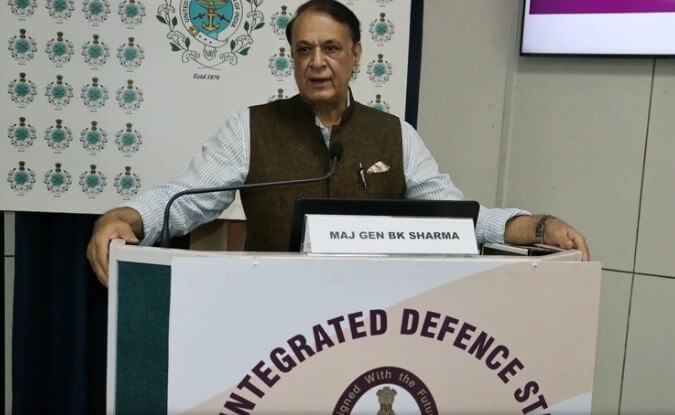
It was a test of India’s capability and proficiency to conduct synchronised operations across domains. In a future two-front scenario involving China and Pakistan, the ability to launch real-time, coordinated responses across multiple theatres will be indispensable. The operation also emphasised the need to boost cyber resilience, strategic intelligence, joint planning and execution, and expediency in creating theatre commands. India must institutionalise MDW training and ensure that we have a technological edge in indigenous technology. India must be acutely mindful of the fact that with China and Pakistan acting militarily in tandem, the decision dilemmas, scale, and intensity of MDW increase manifold. India will have to work in a mission mode to close the strategic capacity gap and hone its deterrence and warfighting capabilities across the spectrum of conflict and up the escalation ladder.
Operation Sindoor, above all, demonstrated the growing China-Pakistan military nexus. How should India recalibrate this into its long-term strategic planning for the Northern and Western fronts simultaneously?
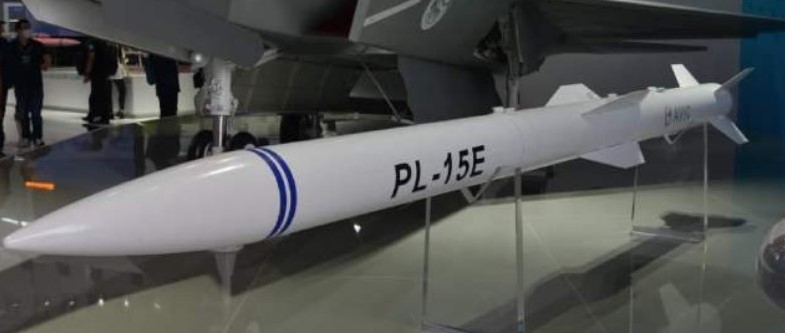
Absolutely—Operation Sindoor has exposed the extent and depth of the China-Pakistan nexus. China is increasingly underwriting Pakistan’s military capabilities. China supported Pakistan by providing JF-10C and JF-17 fighter jets, PL-15 missile systems, electronic warfare capabilities and satellite support via the Beidou constellation. China may supply to Pakistan fifth-generation J-35 fighters, antiship ballistic missiles, the Yaogan remote satellite system, KJ-500 Airborne Early Warning and Control aircraft, the HQ-19 Air and Missile Defence system (comparable to the US THAAD system), guided multiple rocket launchers, and the FK-400 microwave weapon system. Likewise, with the induction of Chinese Hangoor-class submarines and additional Type 054A frigates, the Pakistan Navy will enhance its maritime operations. Beijing finds it lucrative to use Pakistan as a laboratory for testing its military technology, thus not only using it as an albatross to fix India but also enhancing its stature as an arms importer to other countries.
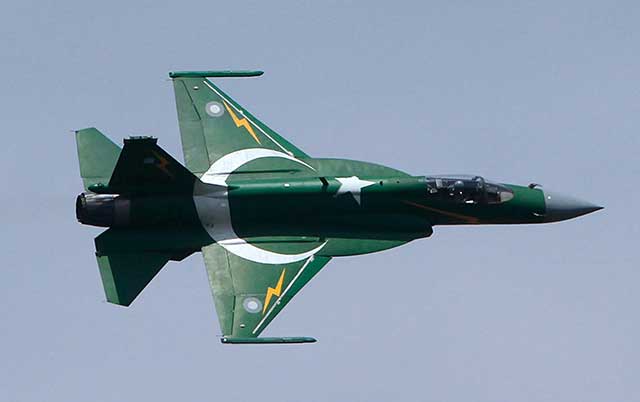
For India, this means we can no longer treat the Western and Northern fronts as separate theatres. A two-front conflict is no longer a possibility, but a planning imperative. Strategically, India must shift from linear defence postures to integrated theatre commands that can respond flexibly across both borders. Doctrinally, we must be prepared for conflict spill-overs across theatres, and need agility and resilience to address this collusion. This entails rebalancing force postures, enhancing high-density ISR (intelligence, surveillance, reconnaissance) capabilities, utilising robotic reconnaissance, and accelerating domestic defence production. Most importantly, India must invest in indigenous technology and defence production to reduce dependency and enhance readiness. Long-term planning must assume collusive threats as the baseline, not the exception.
Given the information warfare and perception management witnessed during Operation Sindoor, how should India institutionalise its strategic communication capabilities for future conflicts?
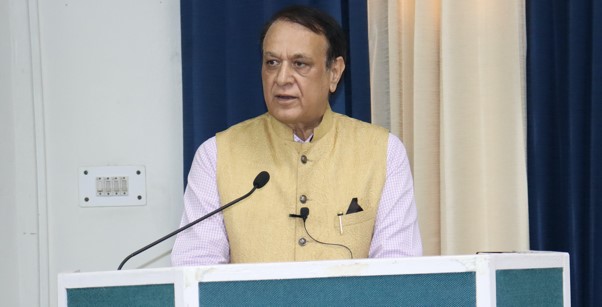
Operation Sindoor made it clear that controlling the narrative is now a pillar of modern warfare. While India outclassed Pakistan’s disinformation with credible briefings and media discipline, the absence of a dedicated strategic communication body was evident. In the future, India must establish a Strategic Communication Command—an institutional setup integrating military public relations, cyber units, intelligence agencies, and diplomatic channels. This body should oversee real-time counter-propaganda, psychological operations, and civil-military messaging with consistency and speed. Moreover, it should work closely with tech platforms to flag and neutralise deepfakes, AI-generated misinformation, and hostile narrative campaigns. Strategic communication must also extend to global media, think tanks, and diaspora networks. In the era of viral warfare, narrative supremacy isn’t a luxury—it’s a decisive advantage.
Operation Sindoor revealed gaps in Counter Terrorism intelligence and response. How should these be addressed?

The Pahalgam attack exposed weaknesses in predictive intelligence and highlighted the urgent need for structural reforms in our counter terrorism strategy. It is high time to refine and implement the policy of establishing National Counter-Terrorism Centres and State Counter-Terrorism Centres. We need AI-driven, multi-agency intelligence fusion centres that enable real-time threat anticipation rather than post-incident analysis. Innovative technologies—such as autonomous drones, sensor grids, smart fencing and AI surveillance—must augment manual patrol systems in border and high-risk areas. Protection of critical infrastructure against cyber-attacks and hidden killer drone attacks, launched from within Indian territory, needs urgent mitigation. Our civil defence capacity needs a paradigm shift: urban warfare readiness, tunnel and drone combat training for Central Armed Police Forces, and mass-casualty response planning must become standard. Also, paramilitary and police forces must be equipped for hybrid and urban warfare scenarios. Equally important is societal resilience, which encompasses emergency preparedness drills, psychological support systems, and community-based awareness programs. Civilian psychological preparedness and resilient infrastructure must be treated as national security assets, not just governance issues. The battlefield is no longer confined to the border—India must fortify the home front as a strategic priority.
Operation Sindoor highlighted the importance of civil-military coordination. What structural reforms would you recommend to sustain a ‘whole-of-nation’ approach to warfare? Also, in what ways did Operation Sindoor test India’s global diplomacy and information warfare capabilities?
Operation Sindoor demonstrated that kinetic success alone is insufficient; national security today requires a ‘whole-of-nation’ framework. The operation showcased both strengths and areas for improvement. We saw encouraging signs—political consensus, a politico-military interface, DRDO-industry cooperation, and private sector engagement —but this momentum must be institutionalised. First, civil-military coordination must move beyond crisis management into routine planning and operations. Civil defence agencies, state police, disaster response forces, and cyber cells must be part of national security simulations. Second, initiatives like iDEX should be expanded to bridge innovation gaps with start-ups and academia. Third, dual-use technologies—from logistics to communication—should be mainstreamed into both defence and civilian domains. Harnessing electronic and social media as a force multiplier in a national emergency-like situation needs paramount attention.
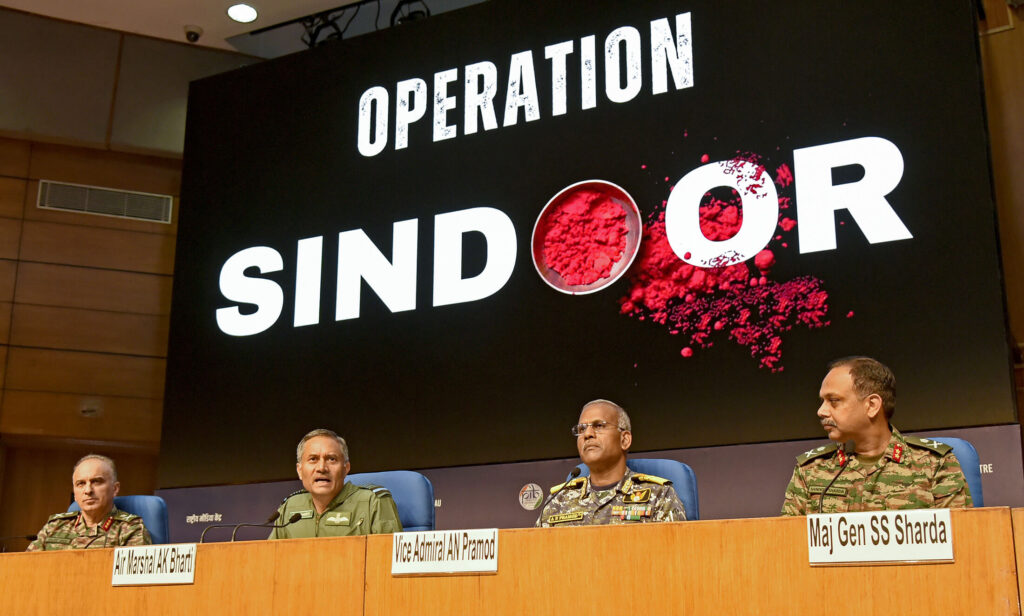
India effectively managed global perceptions through daily briefings, but unsolicited ceasefire narratives from external powers highlighted the need for proactive narrative diplomacy. As stated earlier, we must now establish a dedicated Strategic Communication Command to counter disinformation and promote our narrative. Our briefings and social media campaign should be real-time. Sending multi–party delegations was a step in the right direction. However, we need to harness the services of credible and informed strategic analysts, both Indian and international, utilising multimedia platforms to convey a plausible narrative. Indian missions, the diaspora, and friendly opinion makers must form part of the strategic communication network.

